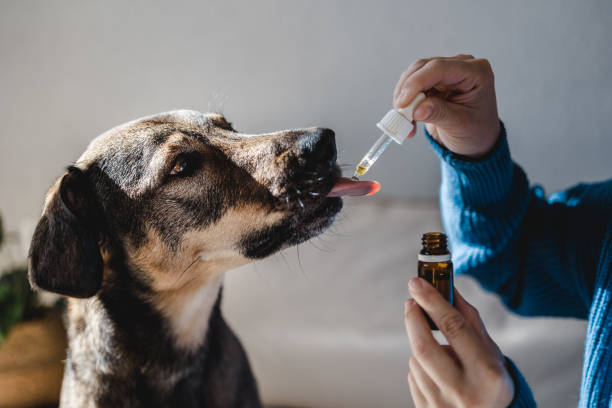One of your primary responsibilities as a dog owner is to ensure your pup’s health. That means taking the necessary steps to prevent illness and knowing how to respond when something goes wrong. While it can be difficult to anticipate every health issue that may arise, you can take some proactive measures to ensure your beloved companion stays in peak condition. In this blog post, I’ll cover a few tips and tricks for maintaining optimal canine well-being – from considering dietary needs and anticipating potential allergies all the way through dealing with pesky issues like dog sneezing.
Quality Nutrition
Getting quality nutrition is the first step in ensuring your pup’s good health. This goes beyond simply buying expensive treats or fancy kibble – it means paying attention to what they’re eating and proactively monitoring their diet on an ongoing basis. To start off on the right paw (literally), consider consulting a veterinarian about what type of food best suits your pup’s breed and lifestyle. It may also be helpful to provide them with supplements such as multivitamins or omega fatty acids that have been specifically formulated for dogs; this will give them an added nutritional boost!
Environmental Factors
Once you’ve got their diet squared away, it’s important to factor in other environmental factors that could affect their overall health – such as pests like fleas or ticks, allergens that could trigger reactions like dog sneezing or itching skin problems (e.g., dust mites), and even stress from loud noises or too much change in routine. Taking preventive measures such as regularly treating them with flea/tick medication (based on vet recommendations) and avoiding exposure to known allergens can help keep these issues at bay before they become major problems down the road – so don’t forget these small steps!
Exercise and Everyday Well-being
In addition to addressing potential external threats against their health, there are also simple ways you can promote day-to-day well-being at home – things like daily exercise (which helps keep bones strong!), regular brushing sessions (to remove excess fur & dander), weekly nail trimmings (to avoid painful overgrowth) the list goes on! Remember that different breeds have varying activity levels and grooming requirements; research what would work best for yours before starting any new habits!
Visit your Veterinarian
Finally – if all else fails – don’t forget one of our most valuable resources when caring for our furry friends: veterinary professionals! If something seems off with your pup’s behavior or physical condition – whether it concerns symptoms like excessive panting or sudden changes in appetite/weight gain/loss – pay close attention & contact a qualified vet right away; early intervention is key when it comes catching potentially serious illnesses quickly & effectively managing any treatment plans accordingly! All these tips should help keep Fido feeling his best – but if anything ever causes concern throughout his life, don’t hesitate to reach out to your vet & ask questions. Your pup deserves only the very best care possible, after all 🙂








